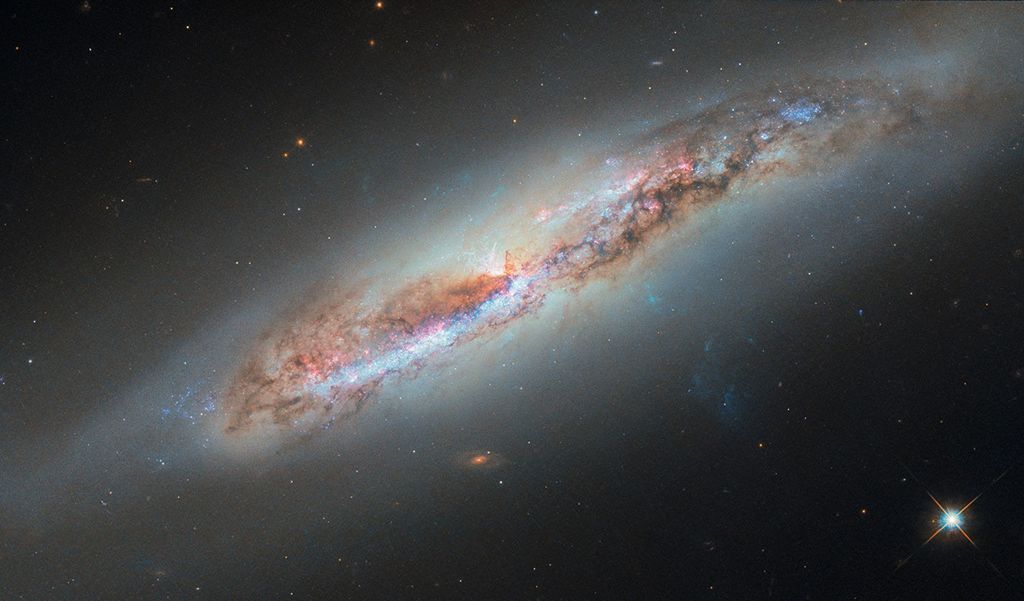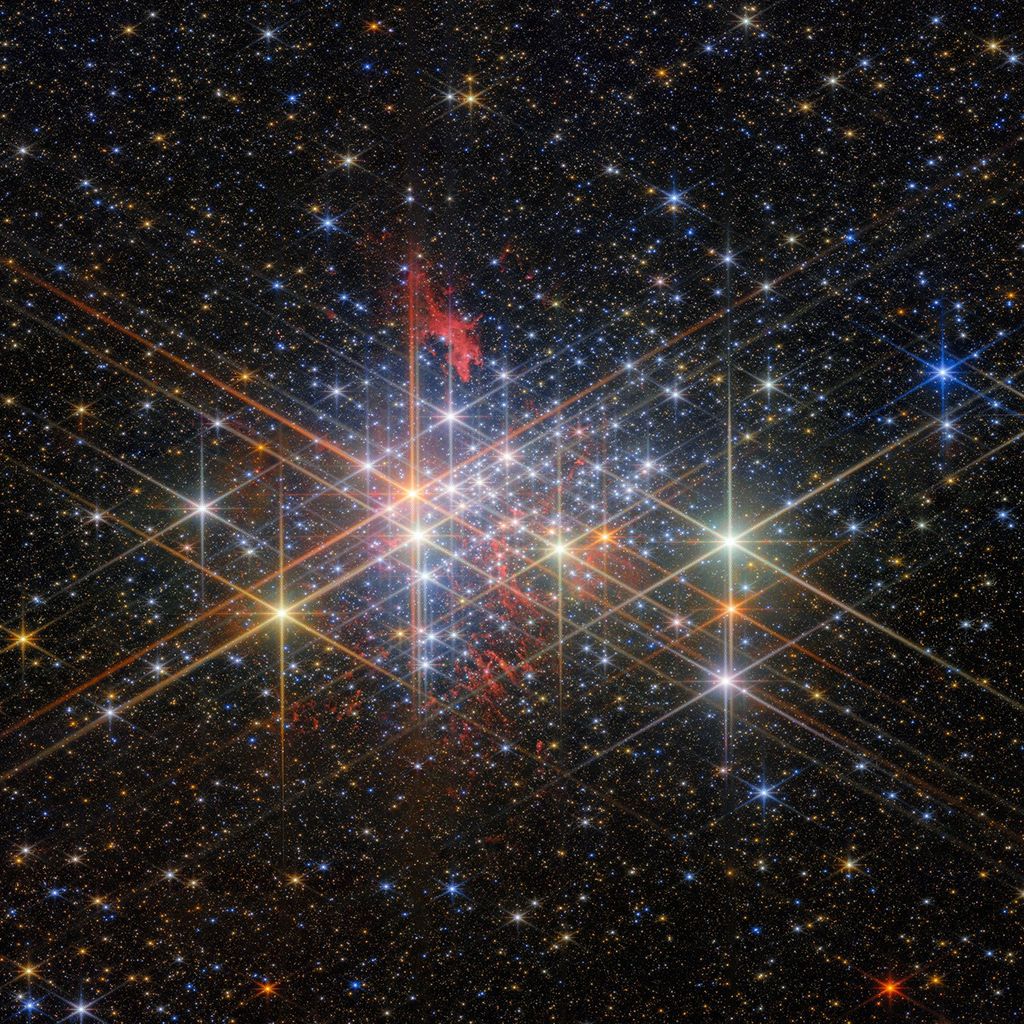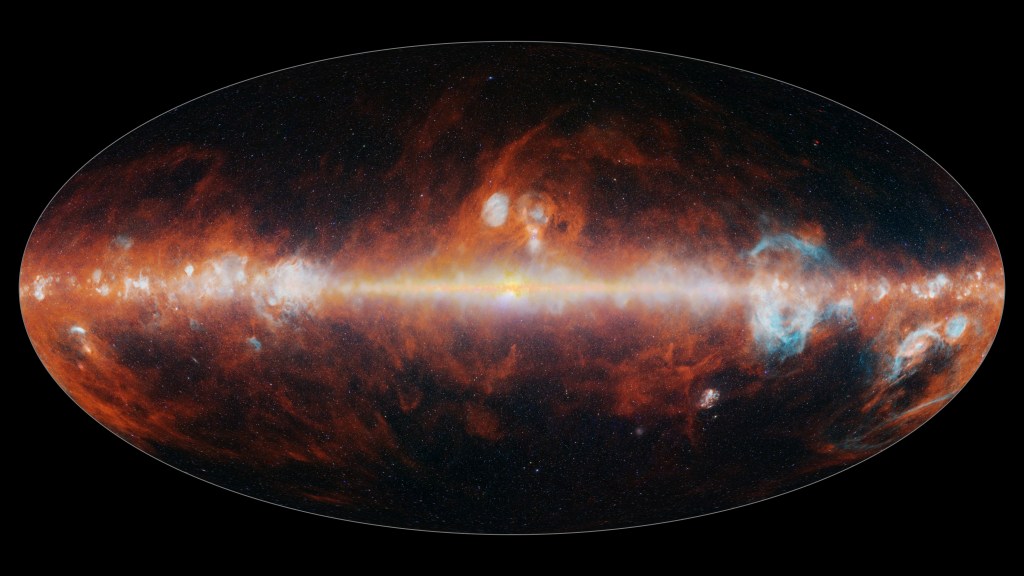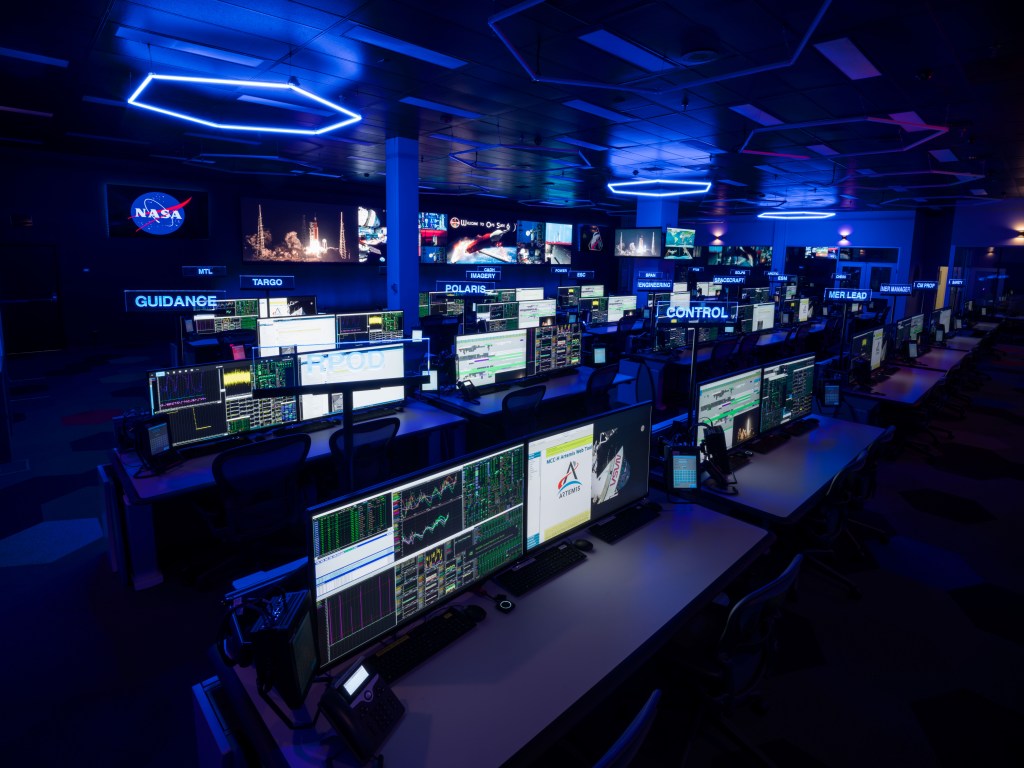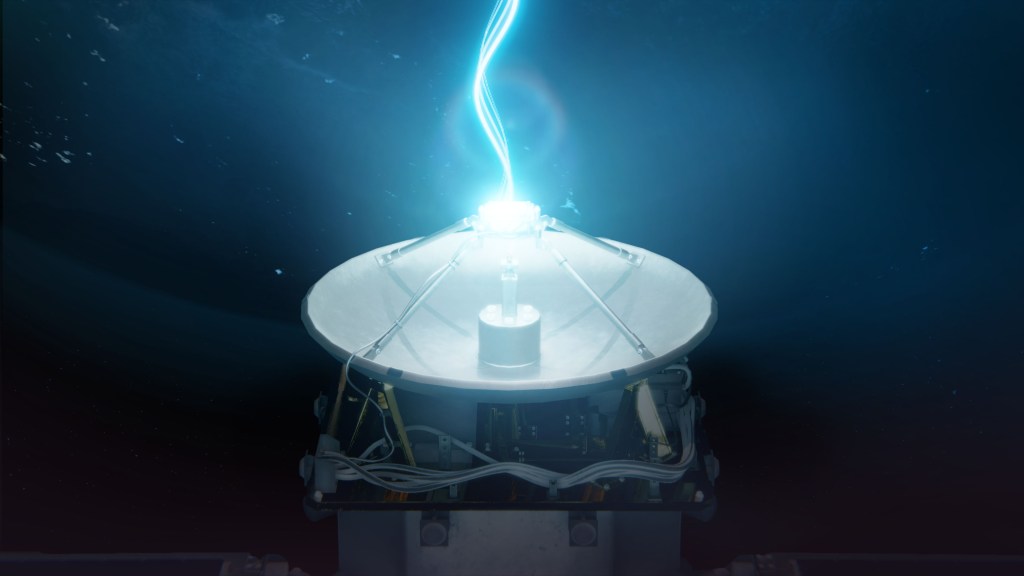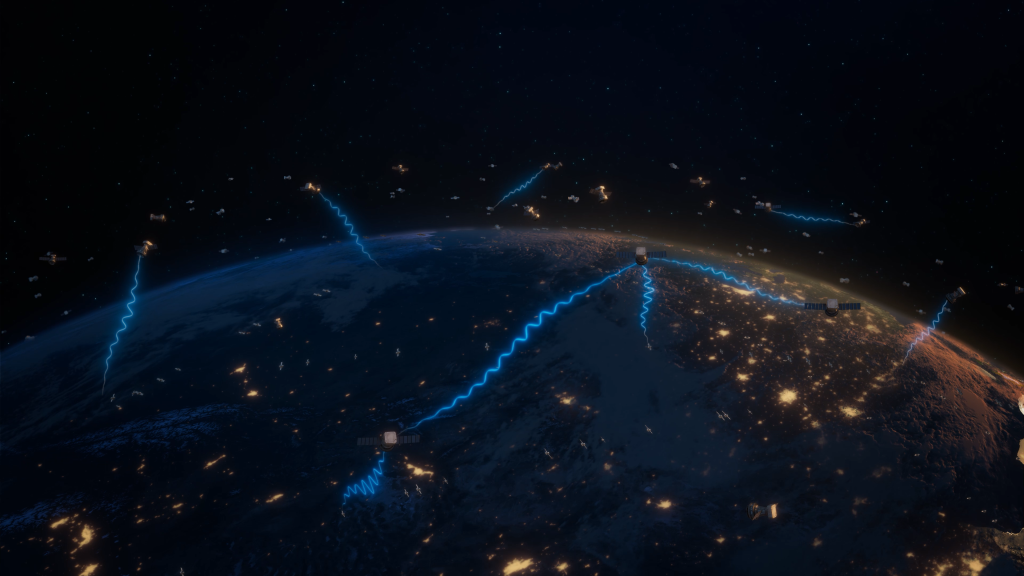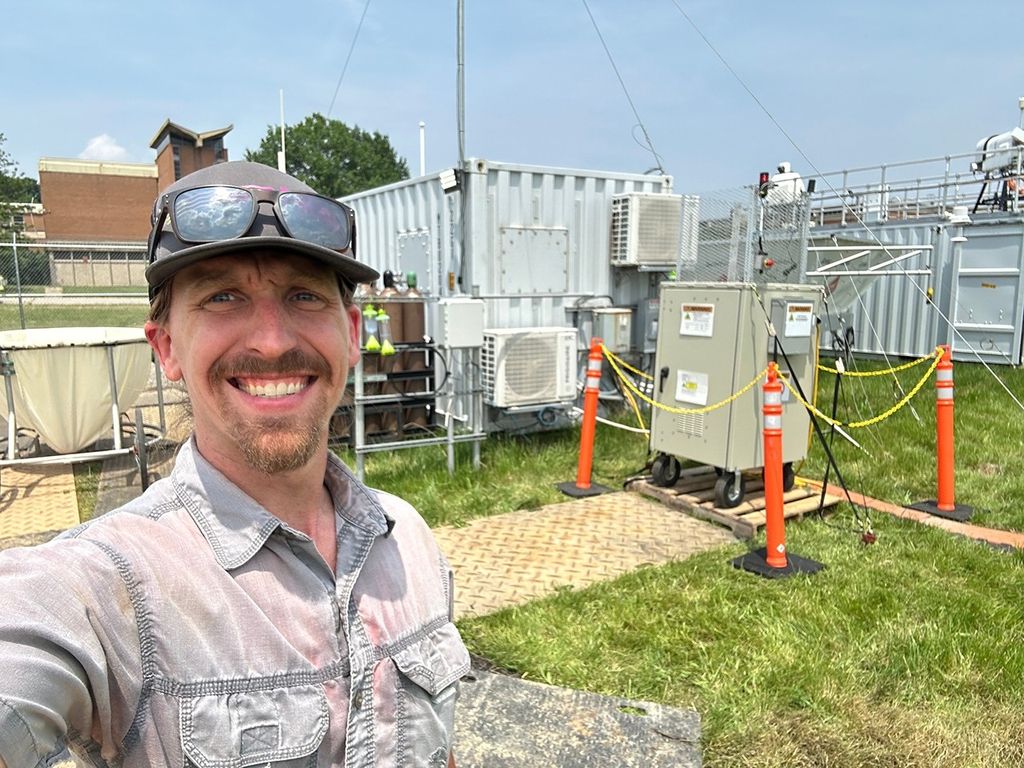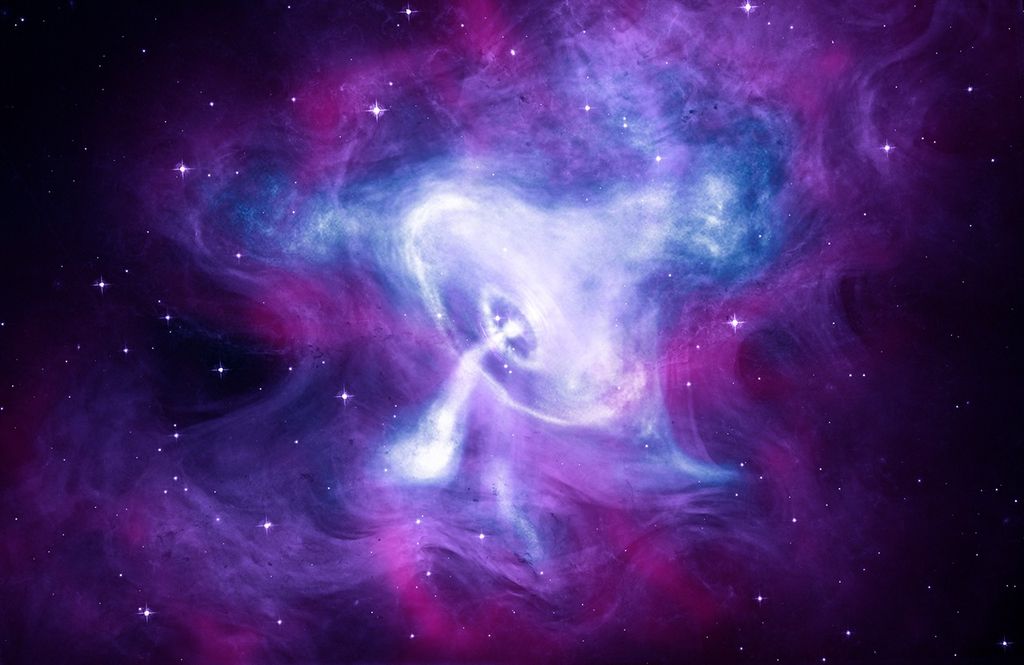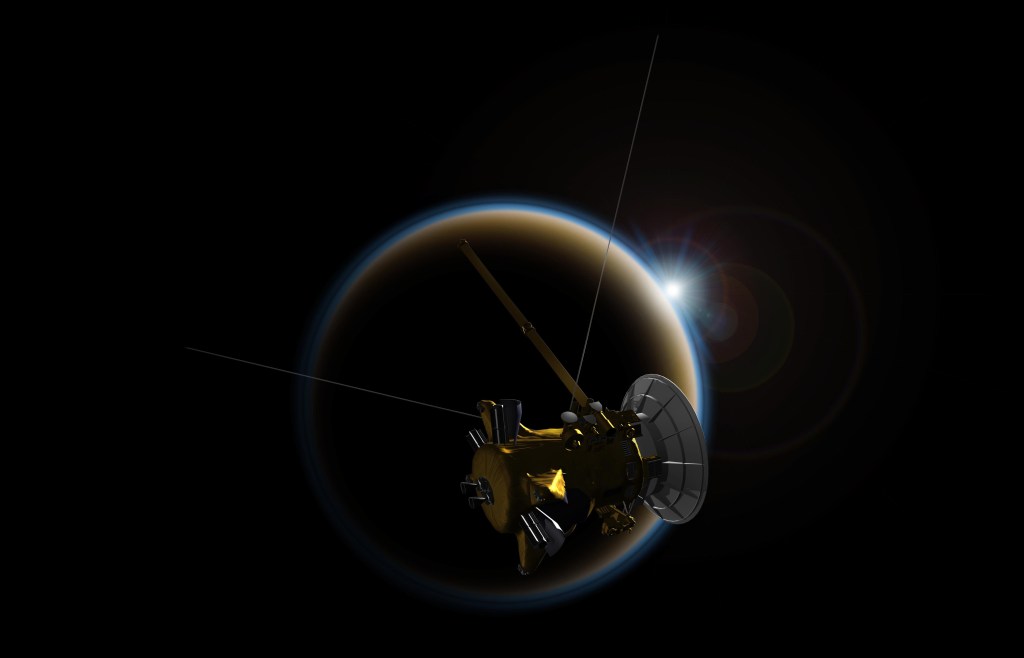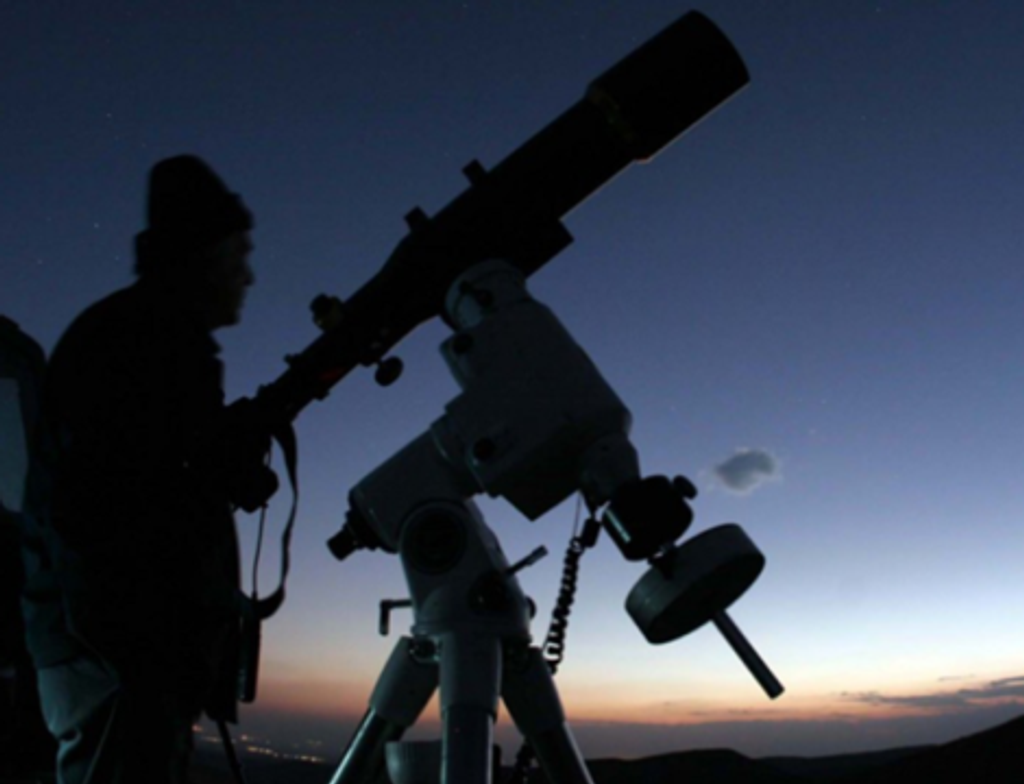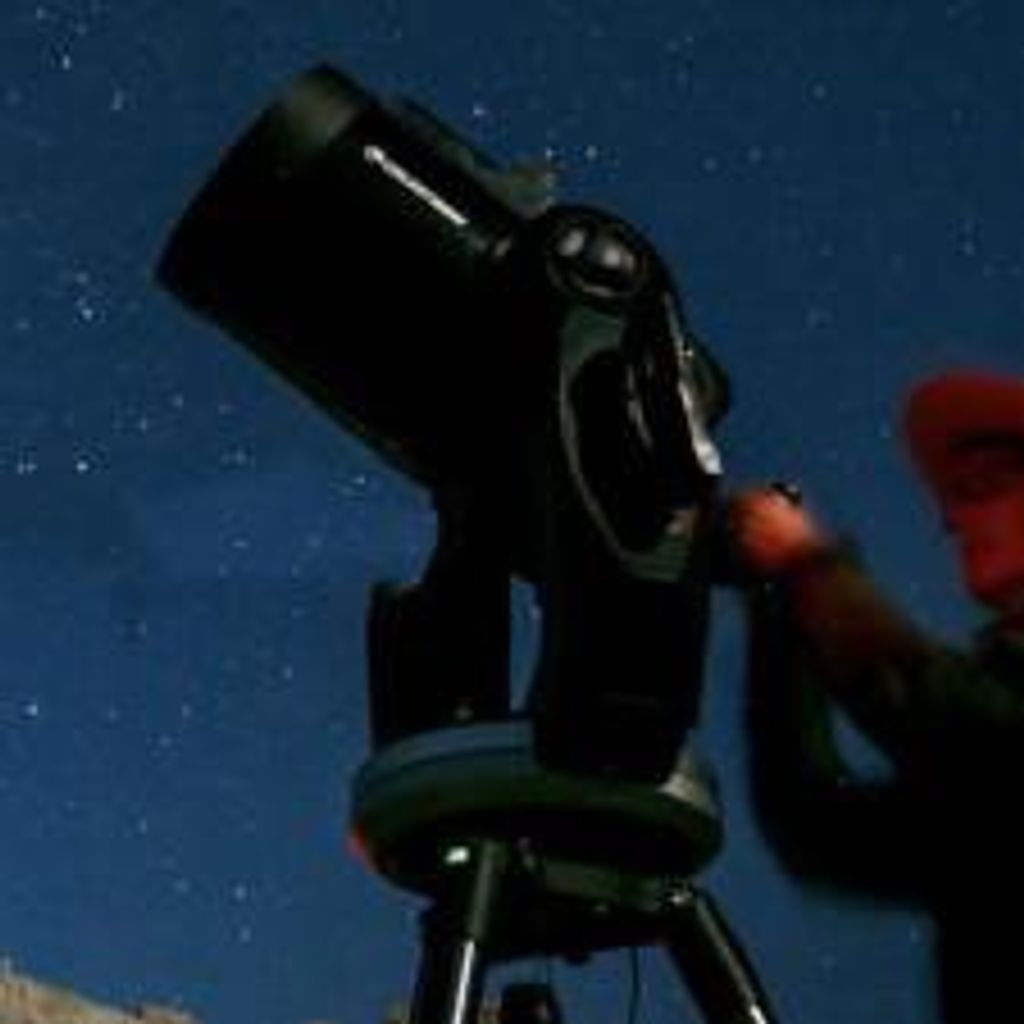1 min read
Crucible of Creation: Panoramic Image of Center of the Orion Nebula

This spectacular color panorama of the center the Orion nebula is one of the largest pictures ever assembled from individual images taken with NASA's Hubble Space Telescope. The picture, seamlessly composited from a mosaic of 15 separate fields, covers an area of sky about five percent the area covered by the full Moon.
The seemingly infinite tapestry of rich detail revealed by Hubble shows a churning turbulent star factory set within a maelstrom of flowing, luminescent gas. Though this 2.5 light-years wide view is still a small portion of the entire nebula, it includes almost all of the light from the bright glowing clouds of gas and a star cluster associated with the nebula. Hubble reveals details as small as 4.1 billion miles across.
Hubble Space Telescope observing time was devoted to making this panorama because the nebula is a vast laboratory for studying the processes which gave birth to our own Sun and solar system 4.5 billion years ago. Many of the nebula's details can't be captured in a single picture - any more than one snapshot of the Grand Canyon yields clues to its formation and history. Like the Grand Canyon, the Orion nebula has a dramatic surface topography - of glowing gasses instead of rock - with peaks, valleys and walls. They are illuminated and heated by a torrent of energetic ultraviolet light from its four hottest and most massive stars, called the Trapezium, which lie near the center of the image.
In addition to the Trapezium, this stellar cavern contains 700 hundred other young stars at various stages of formation. High-speed jets of hot gas spewed by some of the infant stars send supersonic shock waves tearing into the nebula at 100,000 miles per hour. These shock waves appear as thin curved loops, sometimes with bright knots on their end (the brightest examples are near the bright star at the lower left).
The mosaic reveals at least 153 glowing protoplanetary disks (first discovered with the Hubble in 1992, and dubbed "proplyds") that are believed to be embryonic solar systems that will eventually form planets. (Our solar system has long been considered the relic of just such a disk that formed around the newborn Sun). The abundance of such objects in the Orion nebula strengthens the argument that planet formation is a common occurrence in the universe. The proplyds that are closest to the Trapezium stars (image center) are shedding some of their gas and dust. The pressure of starlight from the hottest stars forms "tails" which act like wind vanes pointing away from the Trapezium. These tails result from the light from the star pushing the dust and gas away from the outside layers of the proplyds. In addition to the luminescent proplyds, seven disks are silhouetted against the bright background of the nebula. These dark objects allow Hubble astronomers to estimate the masses of the disks as at least 0.1 to 730 times the mass of our Earth.
Located 1,500 light-years away, along our spiral arm of the Milky Way, the Orion nebula is located in the middle of the sword region of the constellation Orion the Hunter, which dominates the early winter evening sky, at northern latitudes. The stars have formed from collapsing clouds of interstellar gas within the last million years. The most massive clouds have formed the brightest stars near the center and these are so hot that they illuminate the gas left behind after the period of star formation was complete. The more numerous faint stars are still in the process of collapsing under their own gravity, but have become hot enough in their centers to be self luminous bodies.
Technical information: To create this color mosaic, 45 separate images of the Orion nebula were taken in blue, green and red between January 1994 and March 1995. Light emitted by oxygen is shown as blue, hydrogen emission is shown as green, and nitrogen emission as red light. The overall color balance is close to that which an observer living near the Orion nebula would see. The irregular borders produced by the HST images have been smoothed out by the addition of images from the European Southern Observatory in Chile obtained by Bo Reipurth and John Bally, these being about 2% of the area shown here and lying at the top left corner.
About the Object
- R.A. PositionR.A. PositionRight ascension – analogous to longitude – is one component of an object's position.05h 35m 17.29s
- Dec. PositionDec. PositionDeclination – analogous to latitude – is one component of an object's position.-5° 23' 27.99"
- ConstellationConstellationOne of 88 recognized regions of the celestial sphere in which the object appears.Orion
- DistanceDistanceThe physical distance from Earth to the astronomical object. Distances within our solar system are usually measured in Astronomical Units (AU). Distances between stars are usually measured in light-years. Interstellar distances can also be measured in parsecs.1,500 light-years (460 parsecs)
- DimensionsDimensionsThe physical size of the object or the apparent angle it subtends on the sky.2.5 light-years wide
About the Data
- Data DescriptionData DescriptionProposal: A description of the observations, their scientific justification, and the links to the data available in the science archive.
Science Team: The astronomers who planned the observations and analyzed the data. "PI" refers to the Principal Investigator.Principal Astronomer: C. Robert O'Dell (Rice University) - InstrumentInstrumentThe science instrument used to produce the data.HST>WFPC2
- Exposure DatesExposure DatesThe date(s) that the telescope made its observations and the total exposure time.January 1994 and March 1995
- FiltersFiltersThe camera filters that were used in the science observations.HST>WFPC2
- Object NameObject NameA name or catalog number that astronomers use to identify an astronomical object.Orion Nebula, M42, NGC 1976
- Object DescriptionObject DescriptionThe type of astronomical object.Emission Nebula
- Release DateNovember 20, 1995
- Science ReleasePanoramic Hubble Picture Surveys Star Birth, Proto-Planetary Systems in the Great Orion Nebula
- CreditNASA, C.R. O'Dell and S.K. Wong (Rice University)

Blue: oxygen Green: hydrogen Red: nitrogen
Related Images & Videos
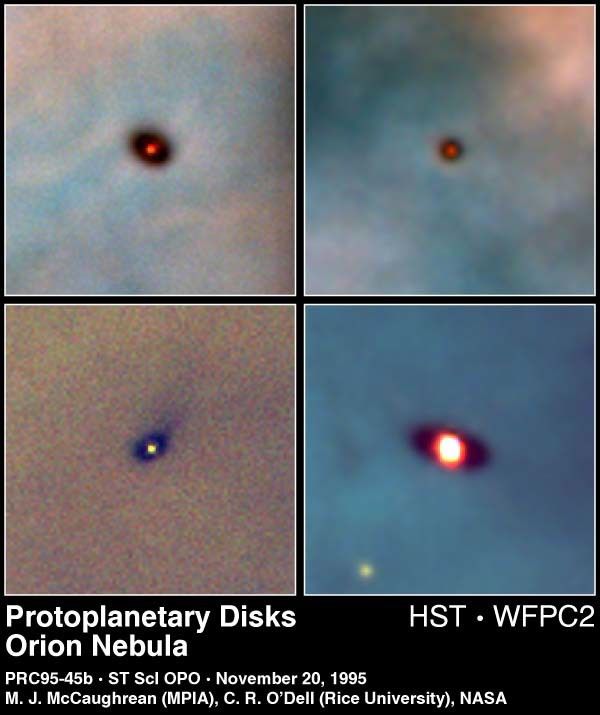
Planetary Systems in the Making: Dust and Gas Disks Around Young Stars in Orion Nebula
These are Hubble Space Telescope images of four newly discovered protoplanetary disks around young stars in the Orion nebula, located 1,500 light-years away. Gas and dust disks, long suspected by astronomers to be an early stage of planetary formation, can be directly seen in...

Edge-on Protoplanetary Disk in the Orion Nebula
Resembling an interstellar Frisbee, this is a disk of dust seen edge-on around a newborn star in the Orion nebula, located 1,500 light-years away. Because the disk is edge-on, the star is largely hidden inside, in this striking Hubble Space Telescope picture. The disk may be an...

Proplyd in Orion Nebula
This image was taken through a different filter, which blocks any bright spectral emission lines from the nebula, and hence the disk itself is less distinctly silhouetted against the background. However, clearly visible in this image are nebulosities above and below the plane of...
Share
Details
Claire Andreoli
NASA’s Goddard Space Flight Center
Greenbelt, Maryland
claire.andreoli@nasa.gov

